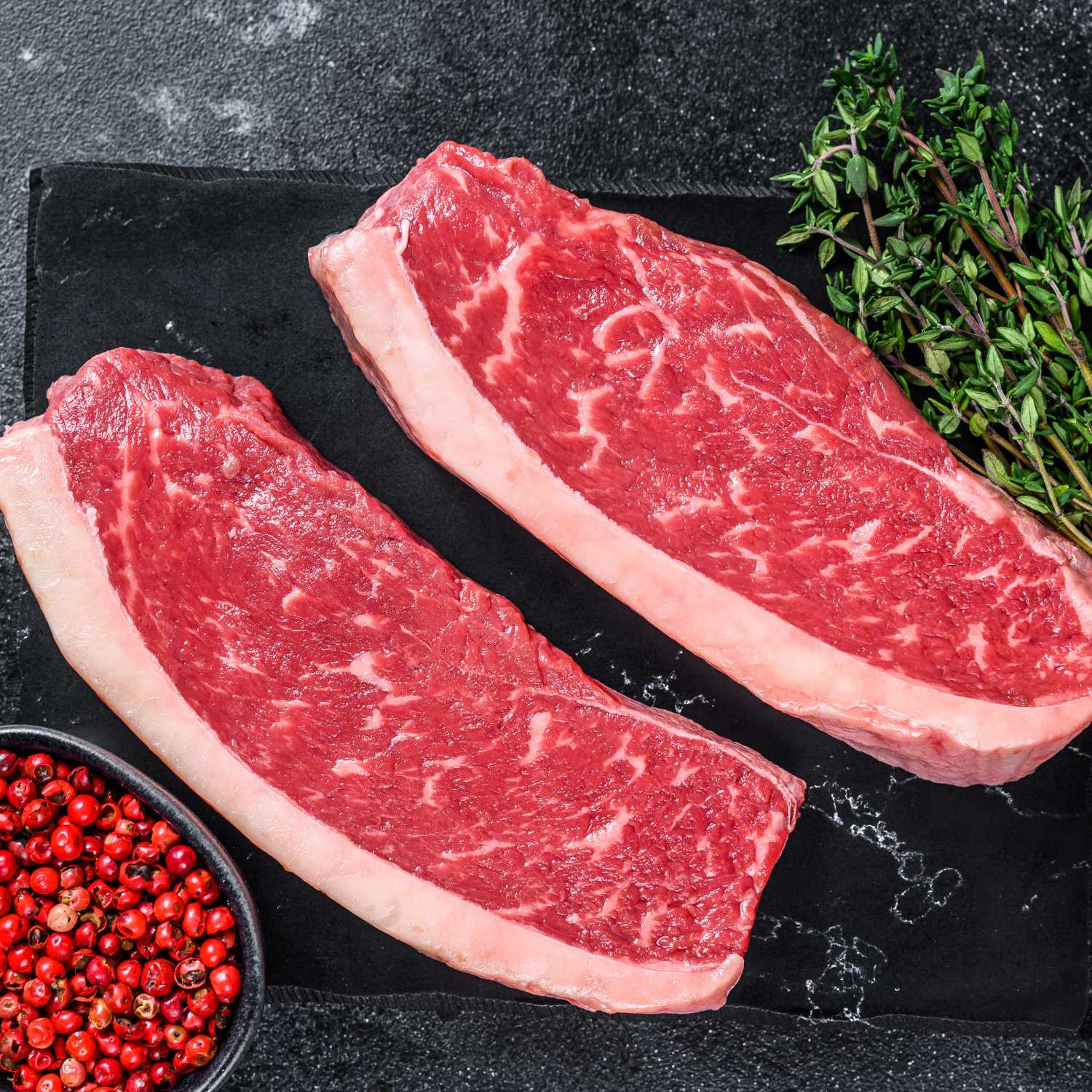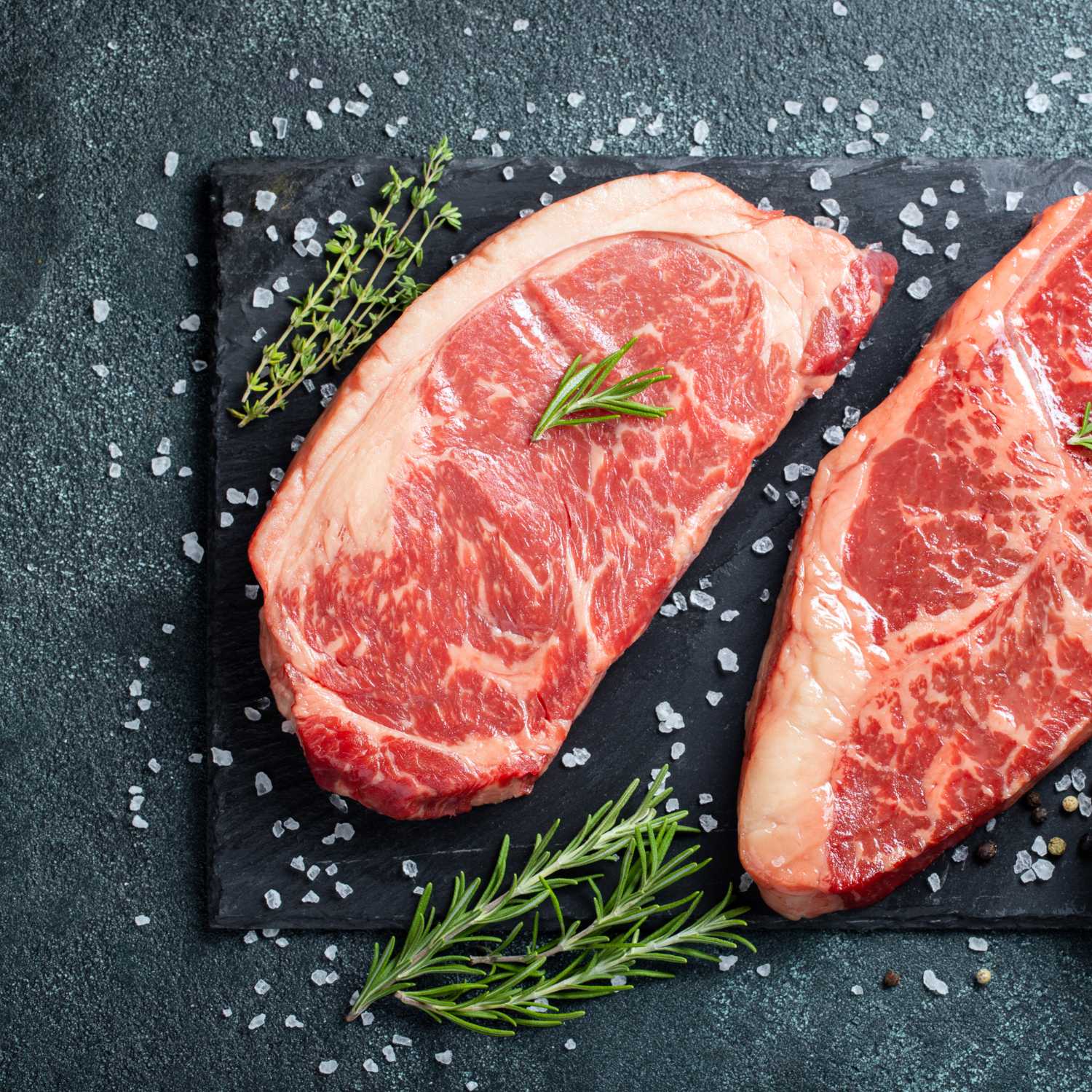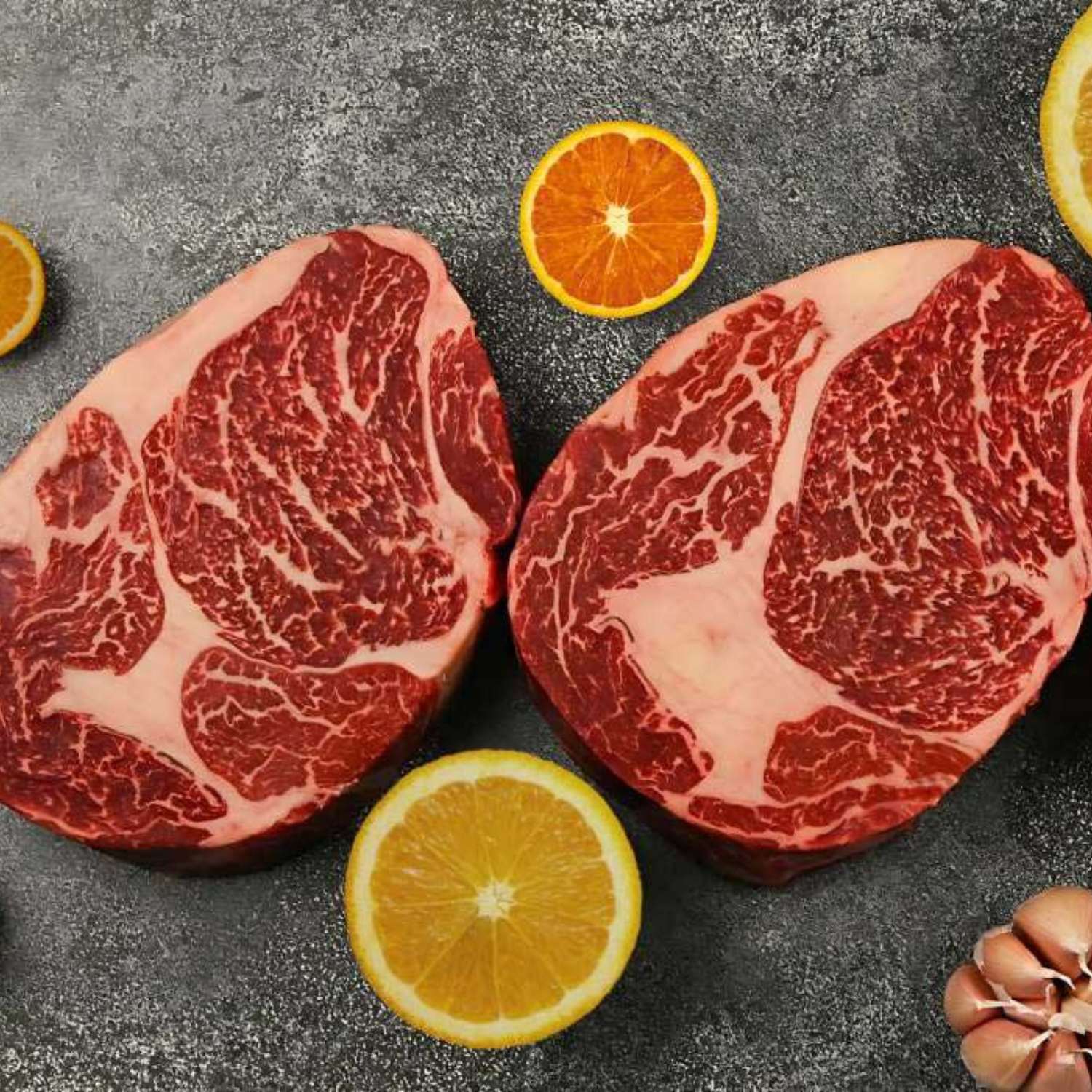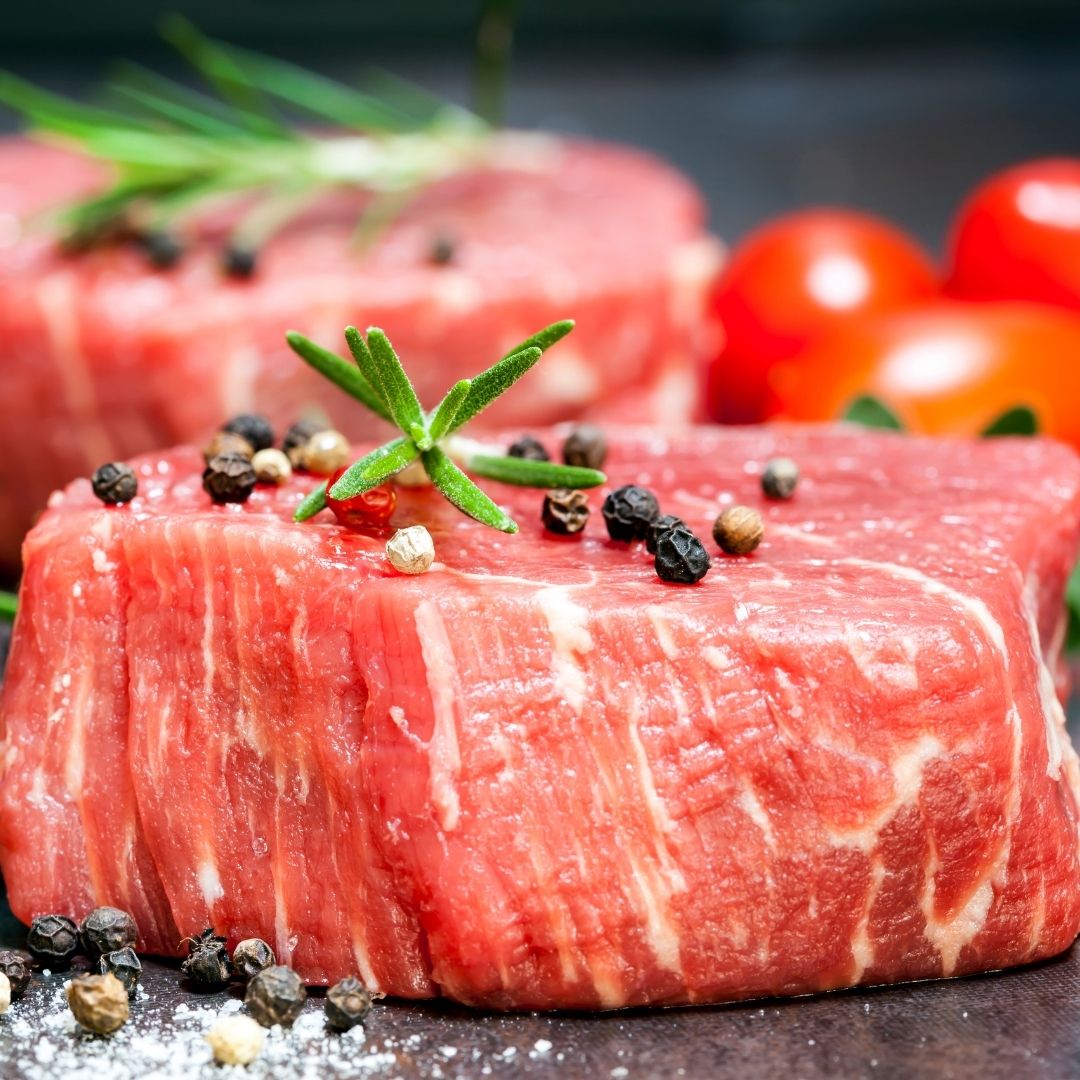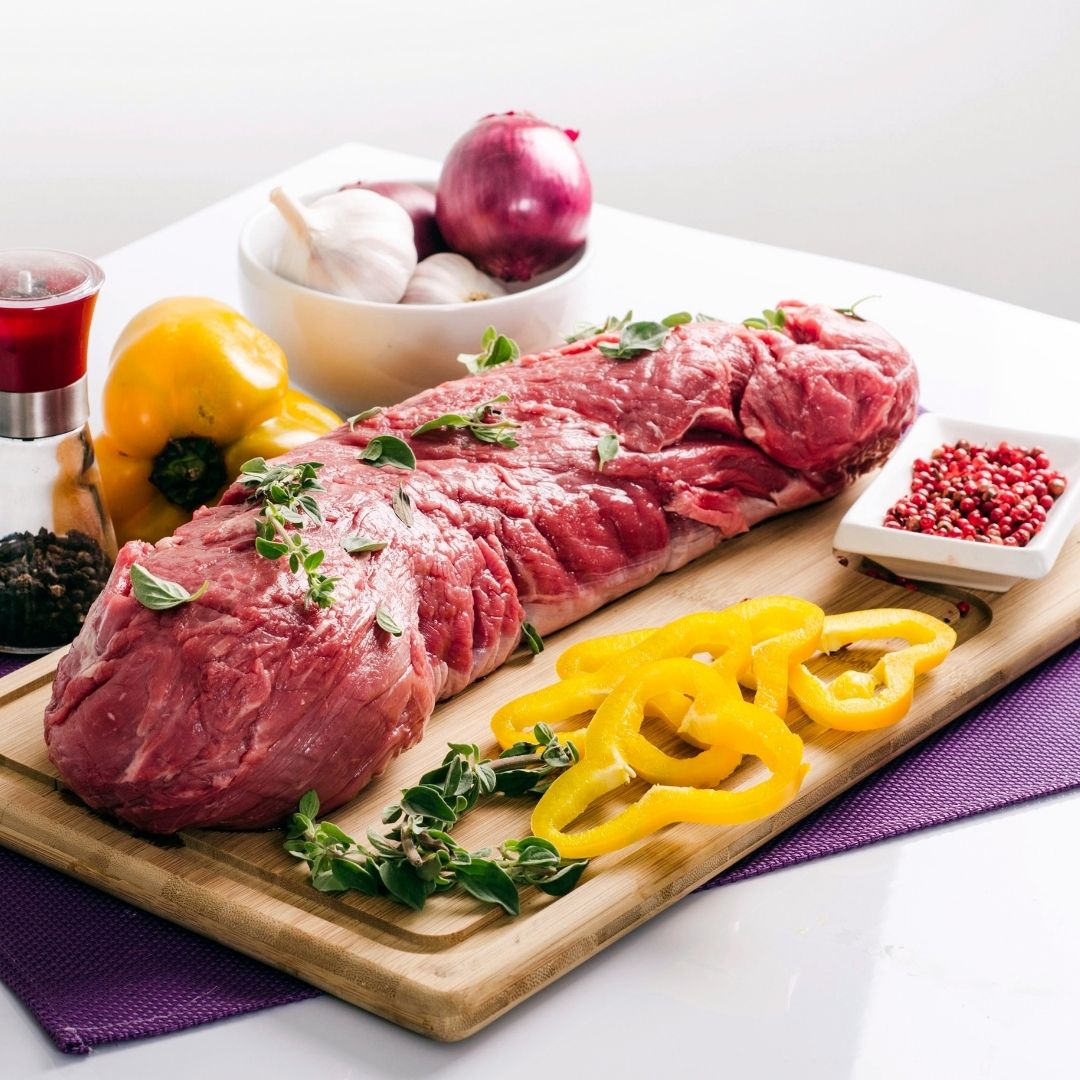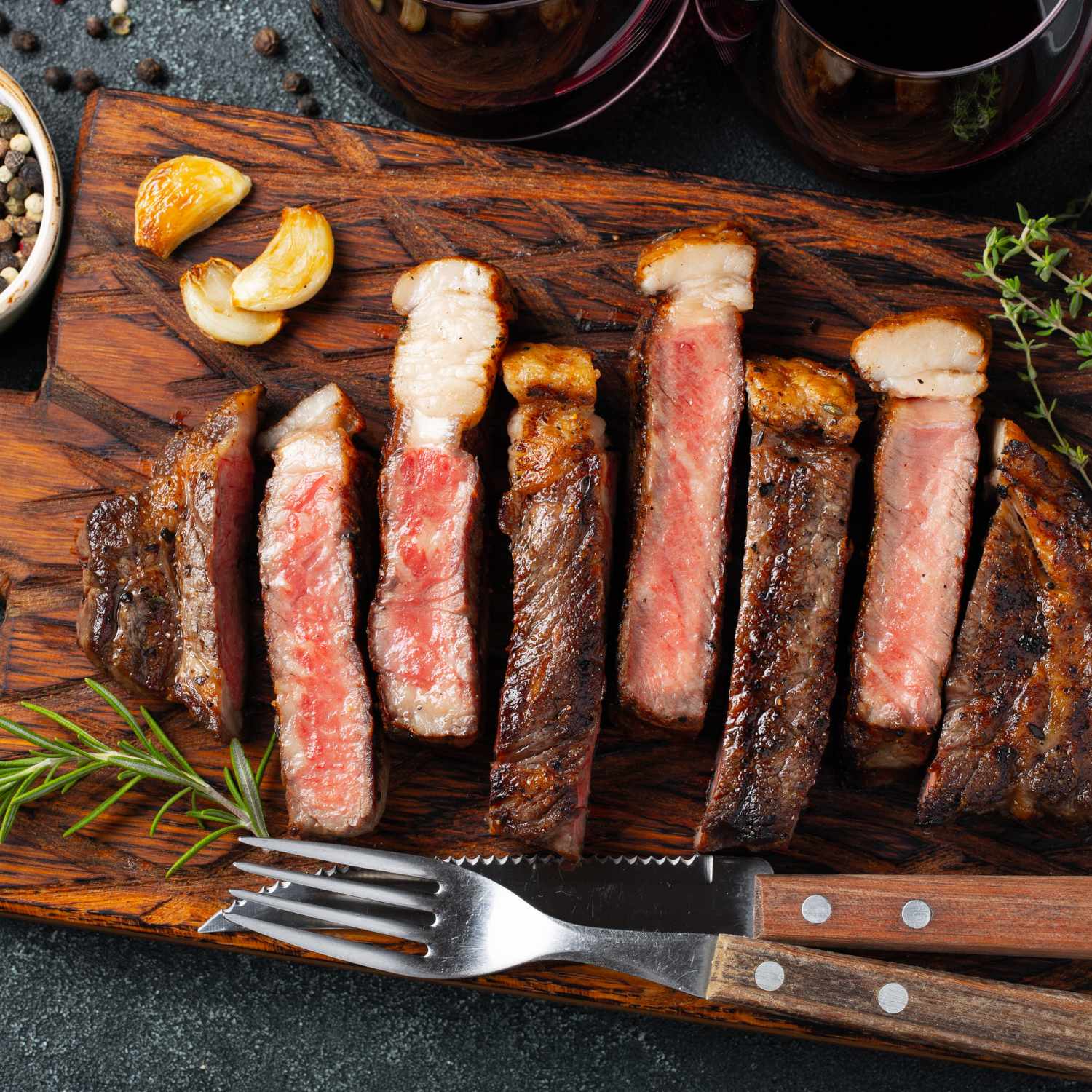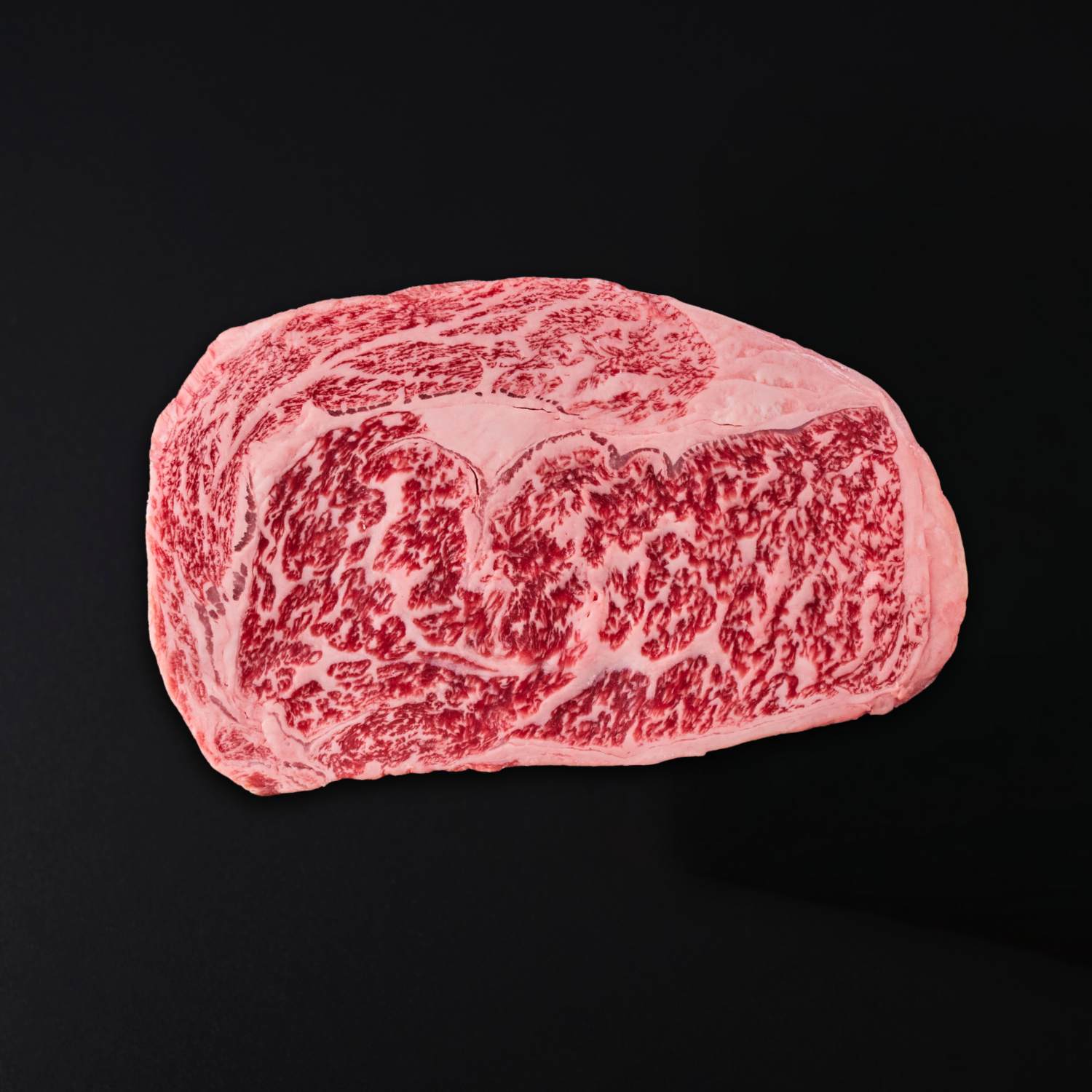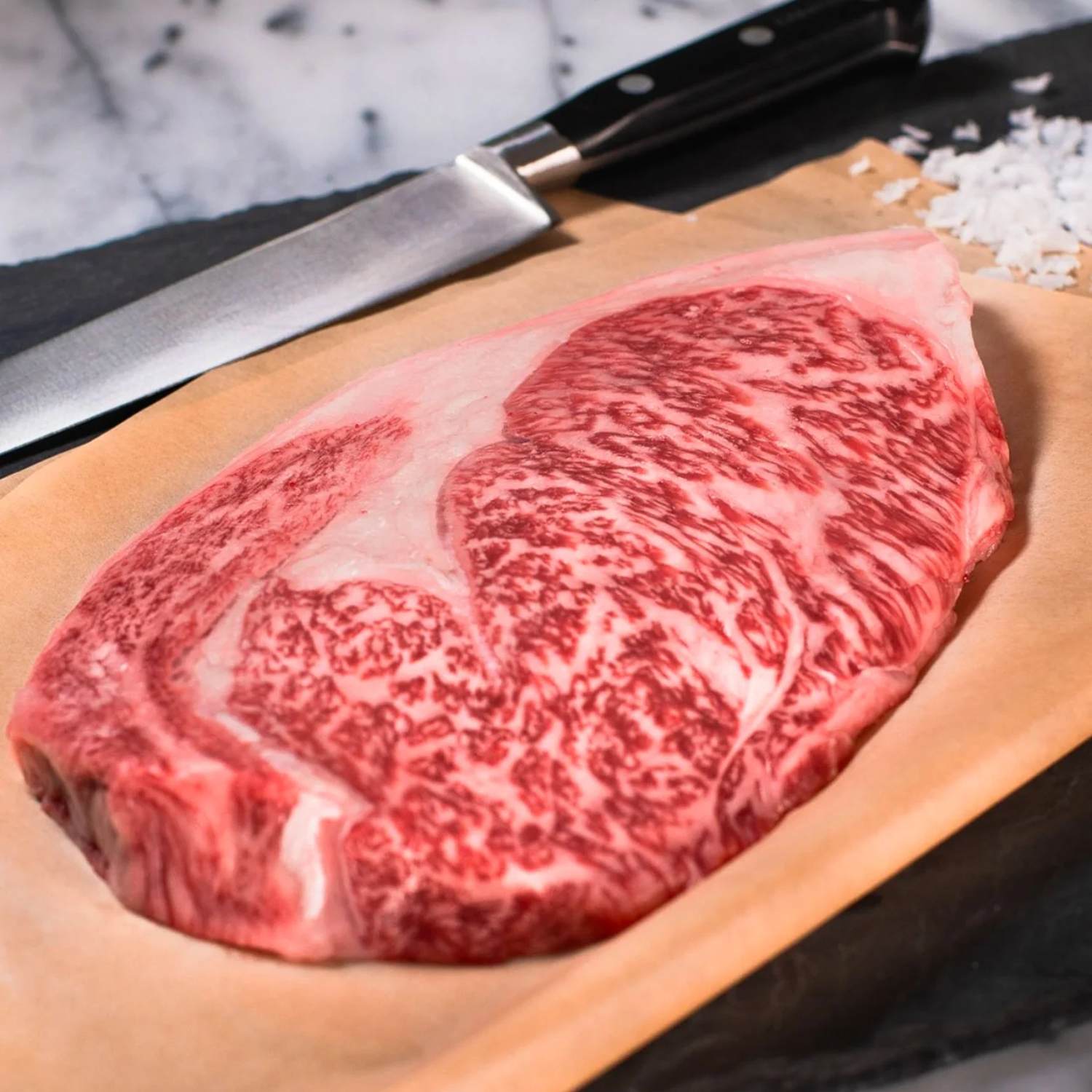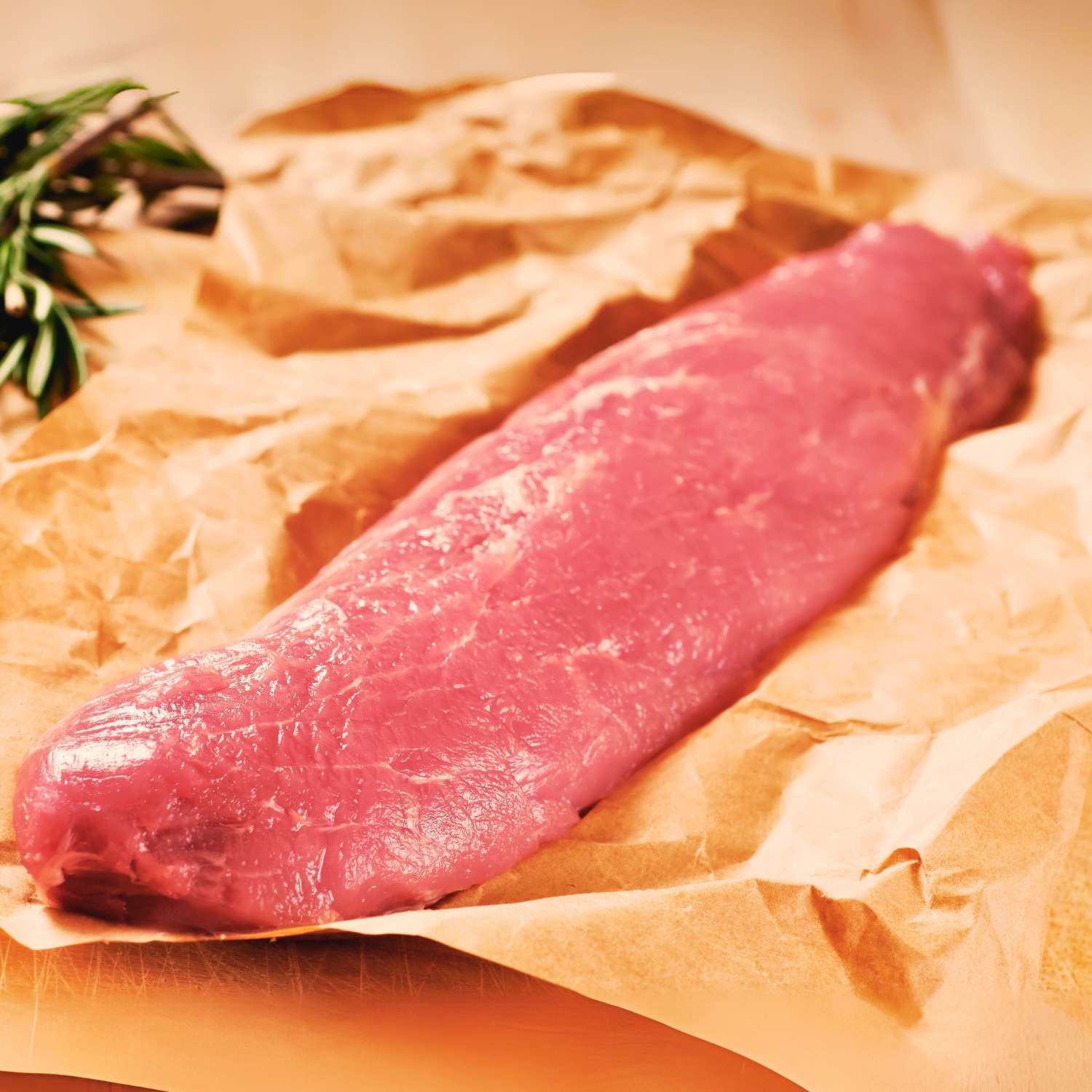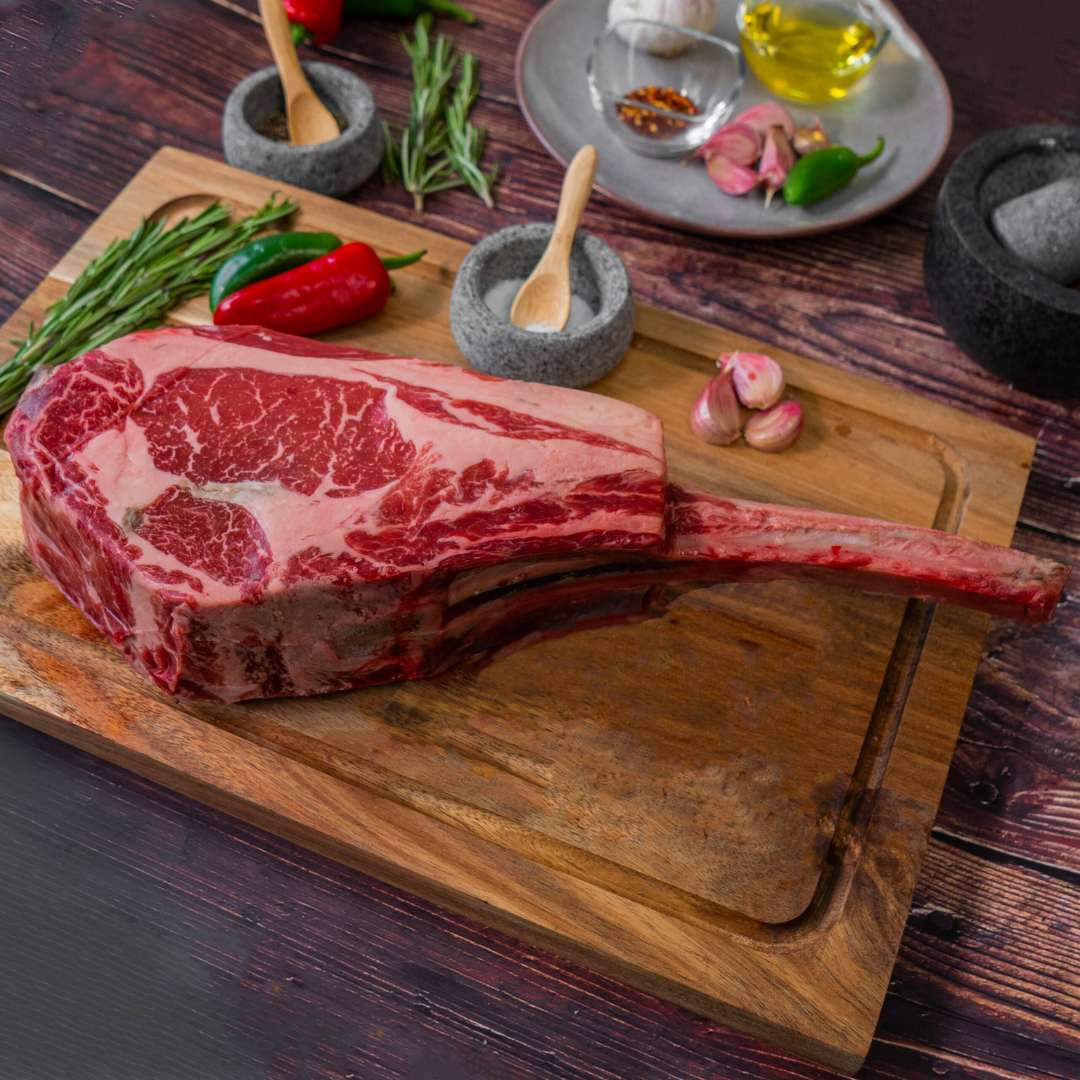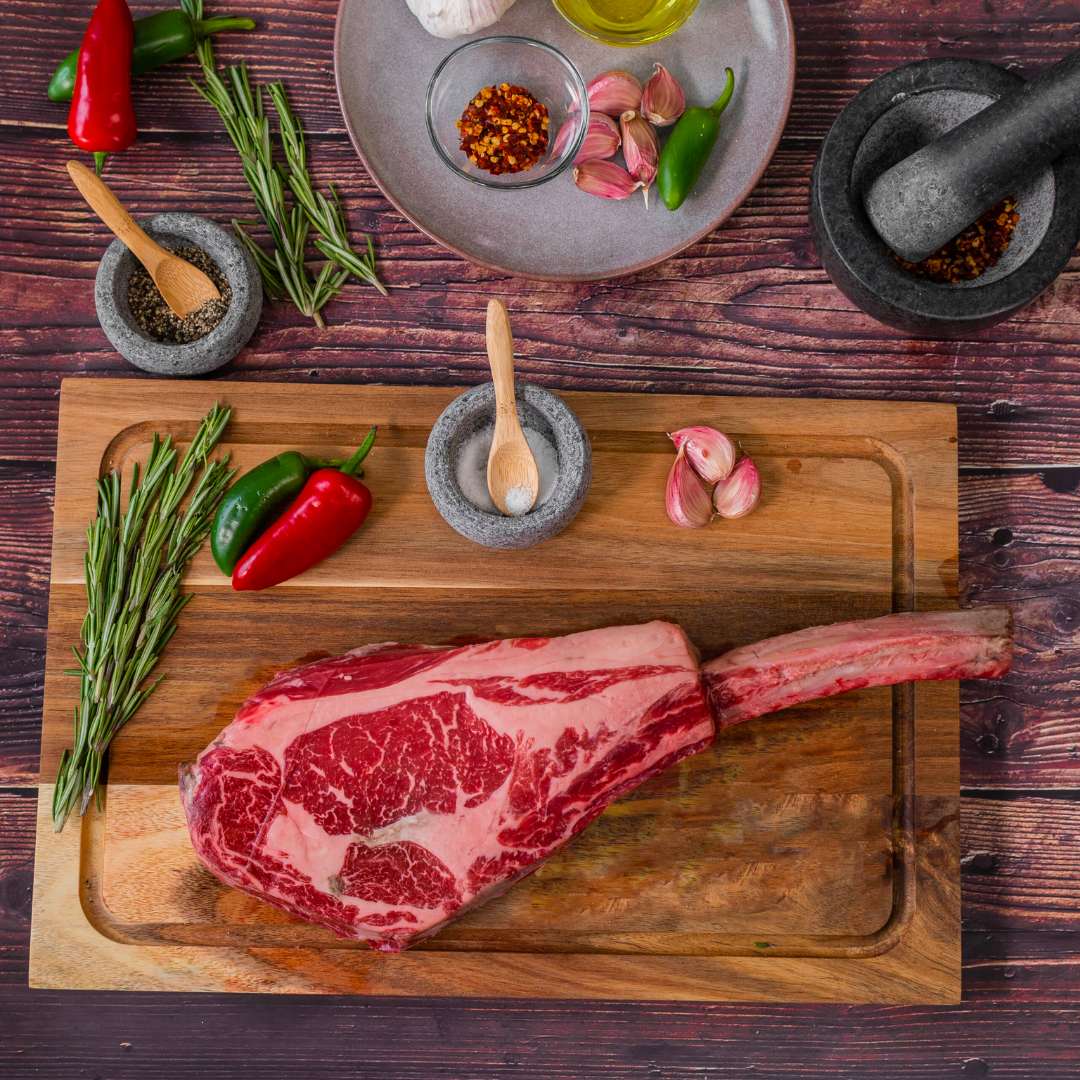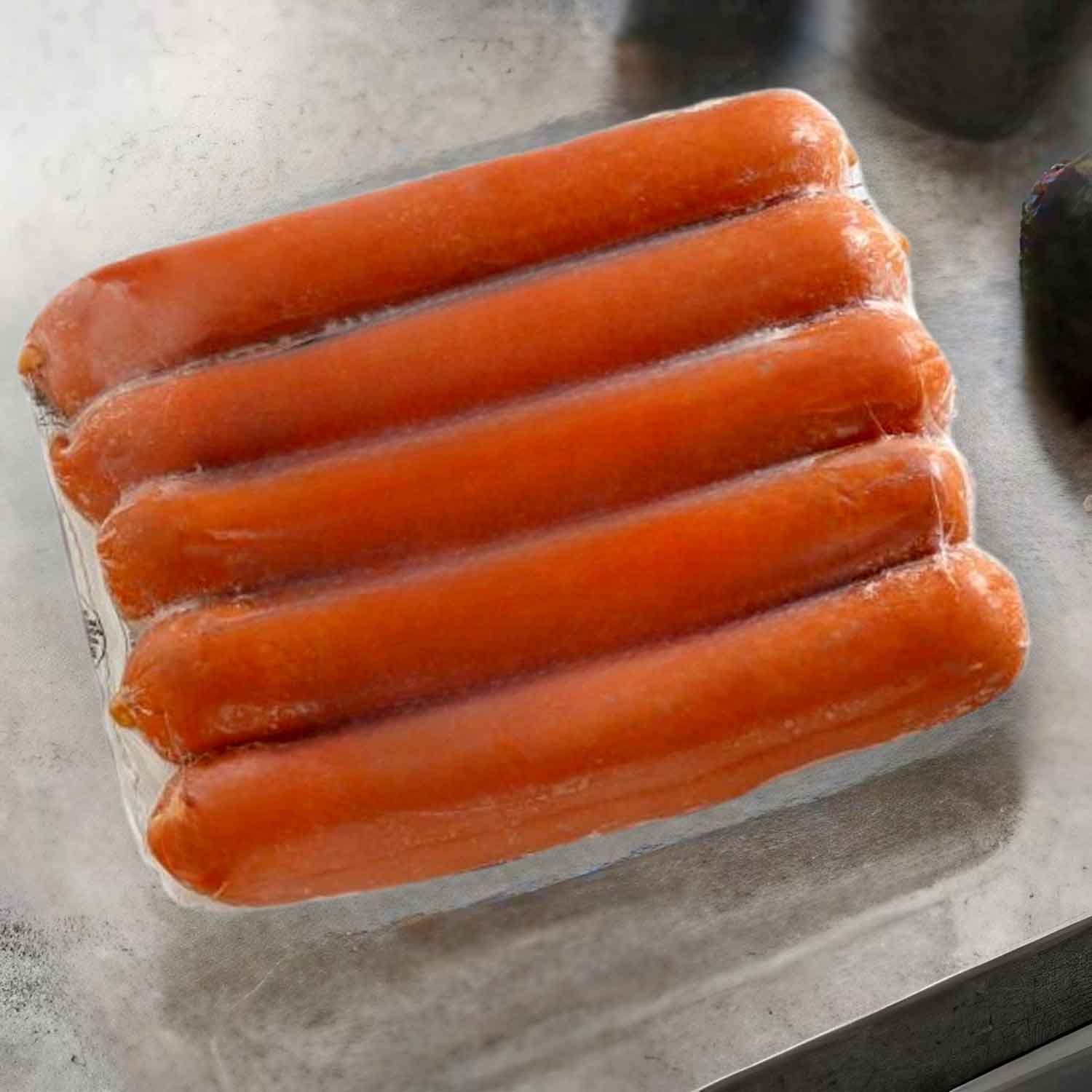Understanding Grass-Fed Beef: Origins and Benefits
What is Grass-Fed Beef?
Grass-fed beef comes from cows that eat mainly grass. Unlike grain-fed cows, these animals graze in pastures. Their natural diet leads to leaner meat with a distinct taste. This beef type is gaining fame in Hong Kong. People like it for its quality and health perks. It's rich in good fats like omega-3s and vitamins. Also, it has fewer bad fats than regular beef. Choosing grass-fed beef supports sustainable farming. As a customer, you help the environment and get better meat. When shopping for grass-fed beef, look for green pastures on labels. This hints the cows had a natural diet. The beef is not just tasty but also kinder to the planet. It's a wise pick for both your health and the earth.

The Health Benefits of Grass-Fed Beef
Grass-fed beef is packed with good stuff for you. It's richer in key nutrients like omega-3 fatty acids and vitamins A and E. These are heart-healthy and help your immune system. Grass-fed beef has less bad fat, which can mean better weight control and lower risk of heart disease. Eating this meat can also mean you're taking in fewer toxins, as grass-fed cows are often raised without harmful additives. Plus, it's often tastier and more tender, making it a great choice for health-conscious food lovers in Hong Kong.
Why Grass-Fed Beef is a Premium Choice
Grass-fed beef is special. It comes from cows that eat only grass. These cows live on farms with lots of space. This makes the beef very good. It has more vitamins and good fats than other beef. People like this beef because it's healthier. It tastes better, too. In Hong Kong, chefs and food lovers want it for these reasons. It costs more, but many think it's worth it. When you buy it, you're choosing quality. You're also supporting farms that care for the earth. That feels good.
How to Identify Quality Grass-Fed Beef in Hong Kong
Look for Certified Organic Labels
When shopping for grass-fed beef in Hong Kong's markets, always seek out certified organic labels. These labels ensure the beef meets strict organic standards, having been fed organic grass and not exposed to hormones or antibiotics. Certified organic beef is often of higher quality and assures you of its natural raising processes. Look for certification marks from recognized bodies such as the USDA Organic seal or Hong Kong's own organic certification. This step is crucial, as it helps you choose beef that’s truly grass-fed and healthy.
Check the Beef's Texture and Color
When sourcing grass-fed beef in Hong Kong, the beef's texture and color are vital clues about its quality. Look for vibrant, red meat with a firm texture, suggesting freshness and proper aging. The fat should be a creamy white color and evenly distributed, hinting at rich flavor and a healthy diet of grass. Avoid grayish or excessively pale meat, as these are signs of poor quality or aging. By paying attention to these visual cues, you can make a more informed decision when buying high-quality grass-fed beef.
Smell and Aroma: Important Indicators of Quality
When shopping for grass-fed beef in Hong Kong, your nose can guide you. Quality beef should smell fresh and clean, not sour or off-putting. If there's a strong, unpleasant odor, steer clear of that beef. Trust your senses. A mild, slightly sweet aroma can indicate that the beef is fresh and properly pasture-raised. Always sniff the beef before buying. This simple step helps ensure you bring home top-quality meat for your grill.
Preparing and Cooking Grass-Fed Beef at Home
Best Practices for Grilling and Pan-Frying
To prepare delicious grass-fed beef, follow these top grilling and pan-frying tips:
- Preheat your grill or pan: Always start with high heat to sear the meat and lock in the juices.
- Use minimal seasoning: Allow the natural flavors of grass-fed beef to shine with just salt and pepper.
- Avoid overcooking: Grass-fed beef is leaner, so cook it less than grain-fed beef to prevent dryness.
- Rest the beef: After cooking, let it rest for a few minutes to redistribute the juices.
- Thin cuts for quick cooking: For pan-frying, opt for thinner steaks that cook quickly and evenly.
Innovative Cooking Techniques for Grass-Fed Beef
When preparing grass-fed beef, consider sous vide. This method cooks the beef evenly. It does so at a low temp in a water bath. Want a crust on your steak? Sear it after sous vide for a short time. You can also try reverse searing. Cook your beef in the oven first. Then, sear it in a hot pan for a crisp finish. Another technique is slow cooking. This helps tenderize tougher cuts of the beef. It brings out deep flavors, too.
Seasoning and Marinades: Enhancing the Flavor
To boost the taste of grass-fed beef, smart seasoning is key. Start with salt and pepper. These basics are a must. Add garlic powder for a savory kick. Rosemary complements beef's earthy tones. For Asian flair, mix soy sauce and sesame oil. A pinch of smoked paprika gives a BBQ feel. Remember, less is more. Let the beef's true flavor shine. Marinades tenderize and infuse taste. Olive oil and lemon juice work well. A dash of vinegar can break down fibers. Marinate for at least an hour. Overnight is best for deep flavor. Always pat beef dry before cooking. This ensures a nice sear. Happy cooking and enjoy every bite.

